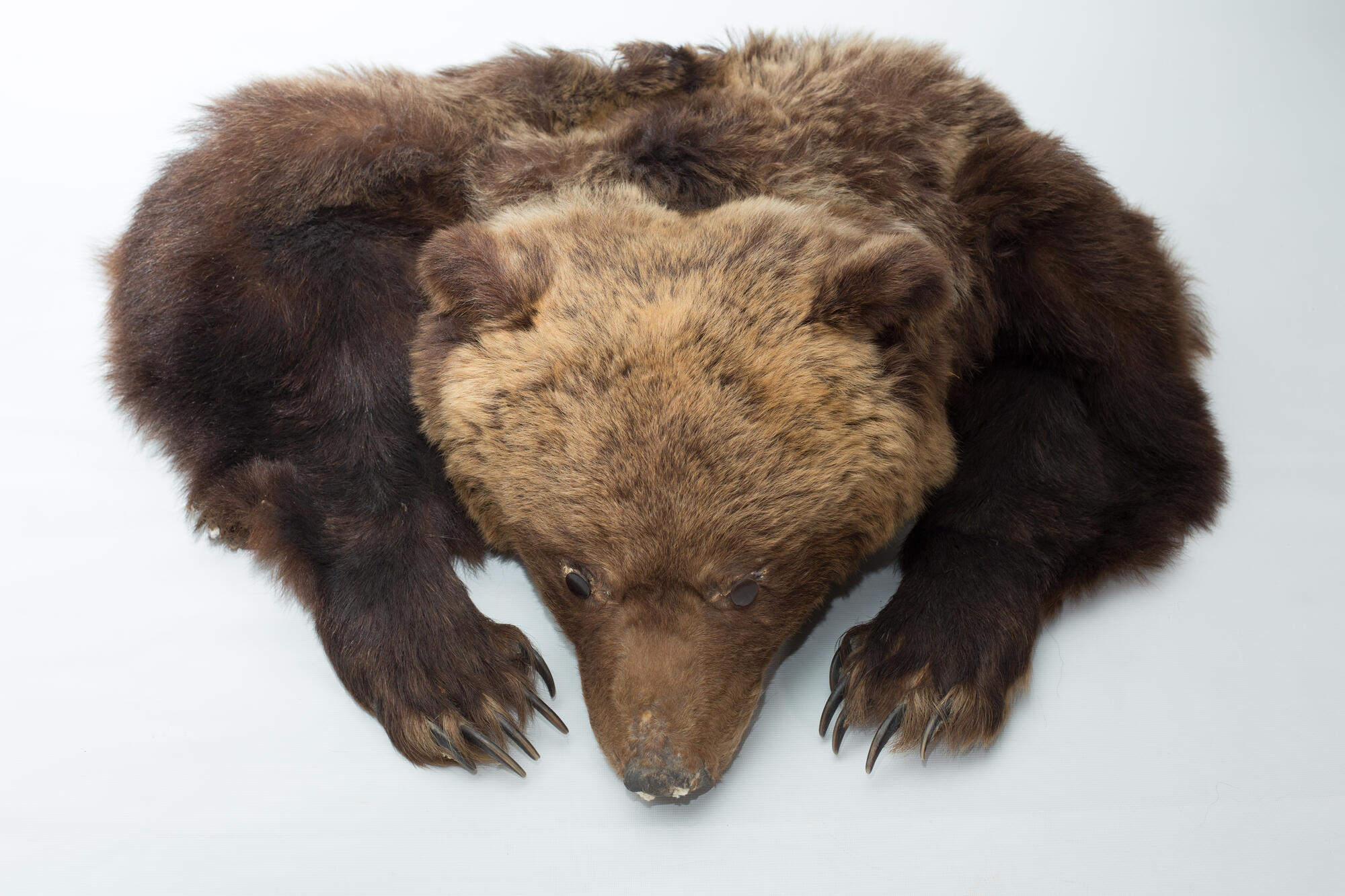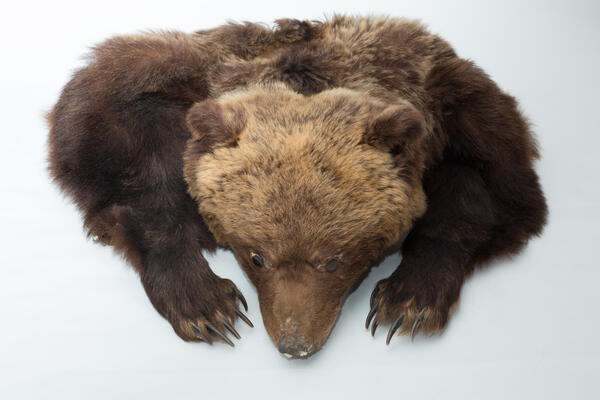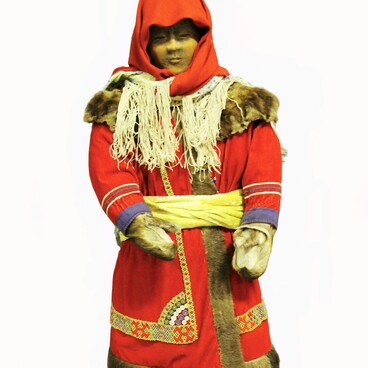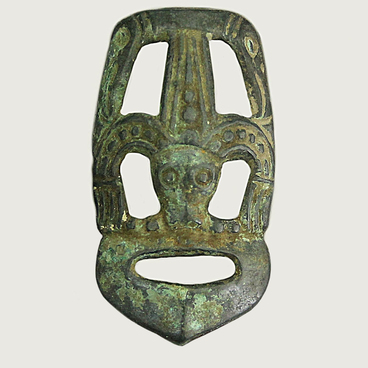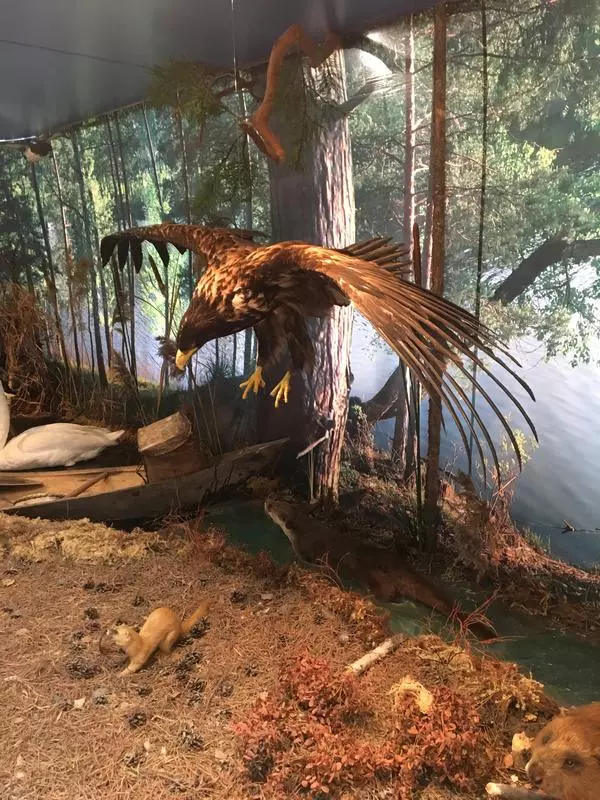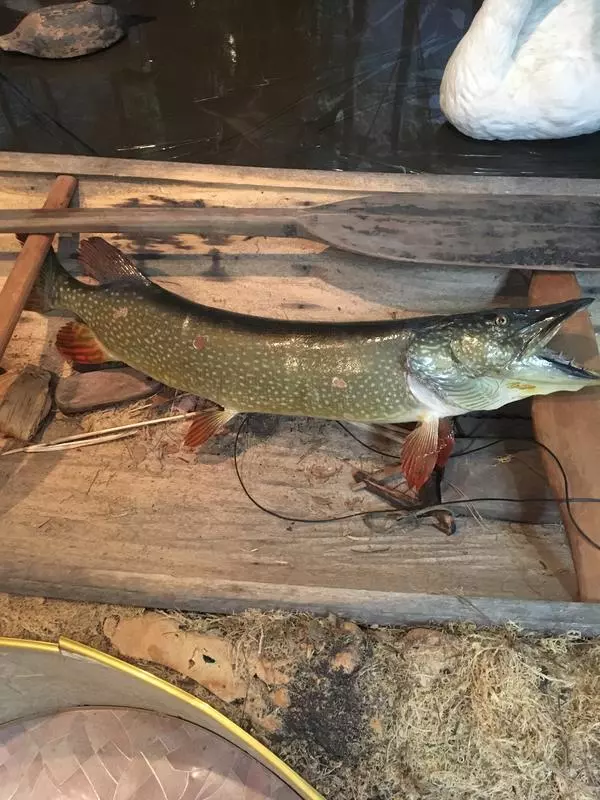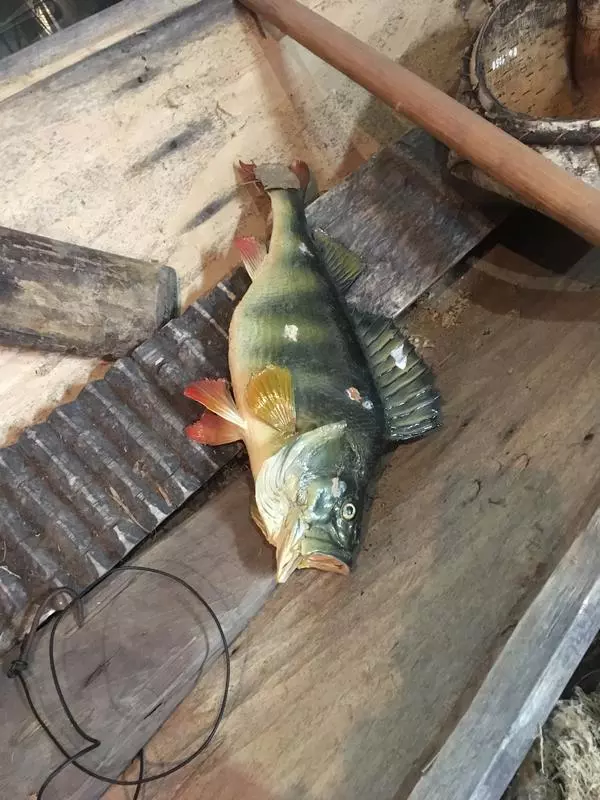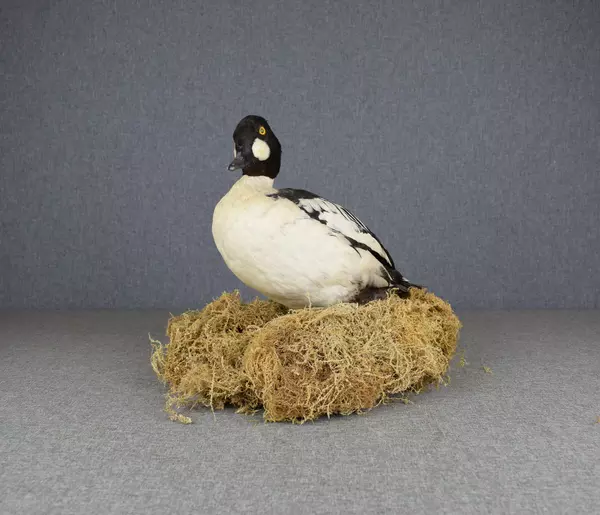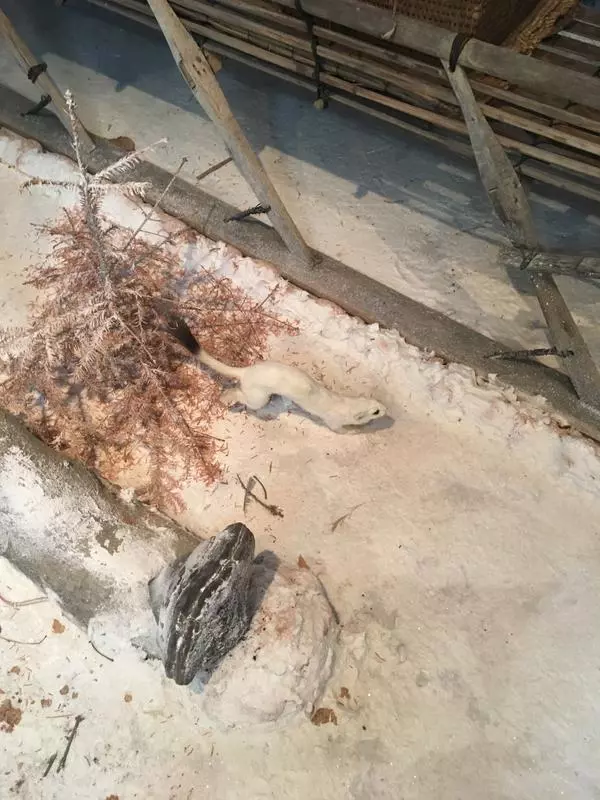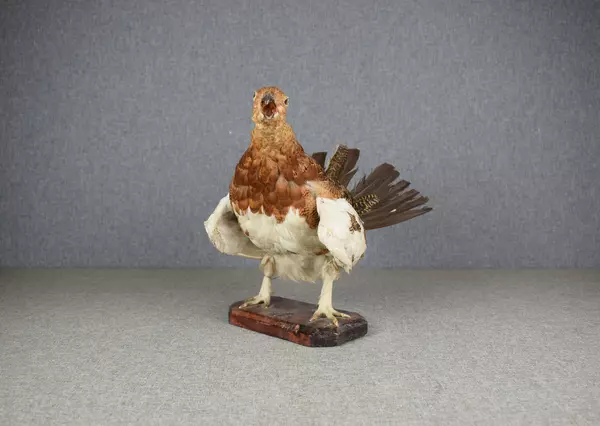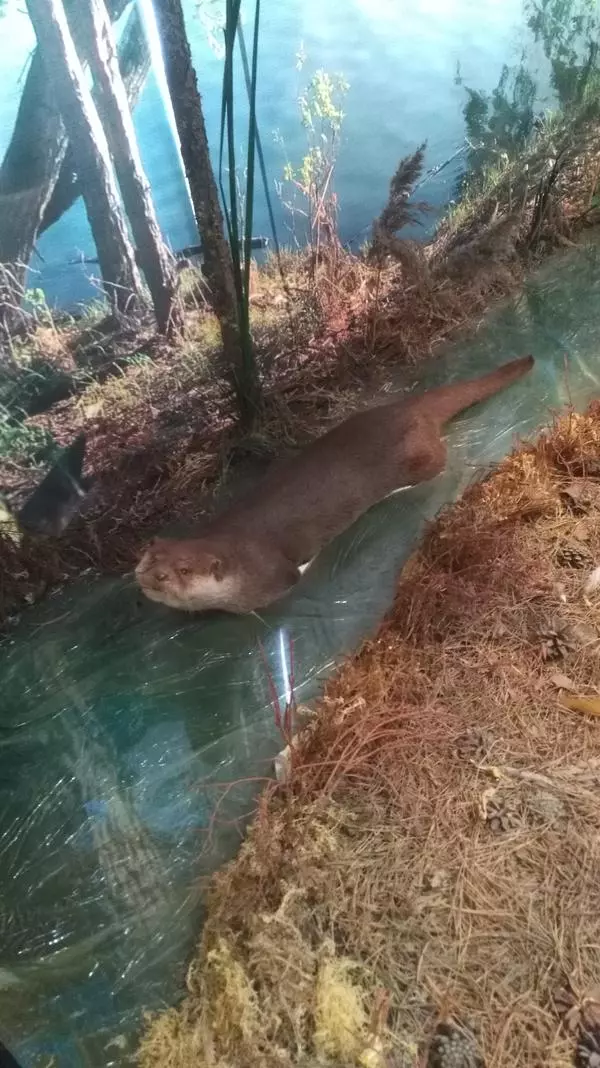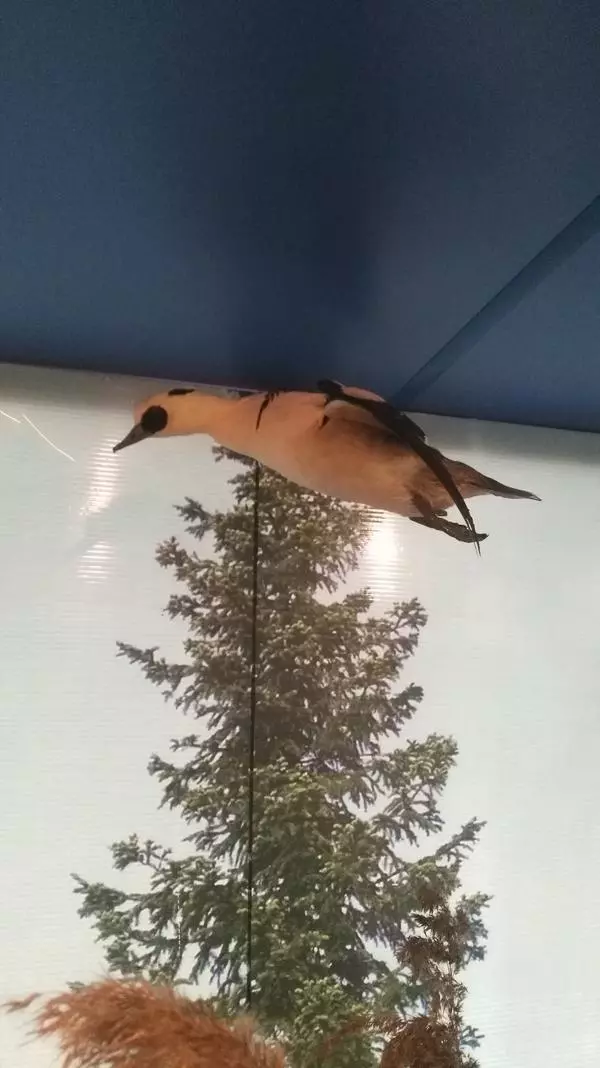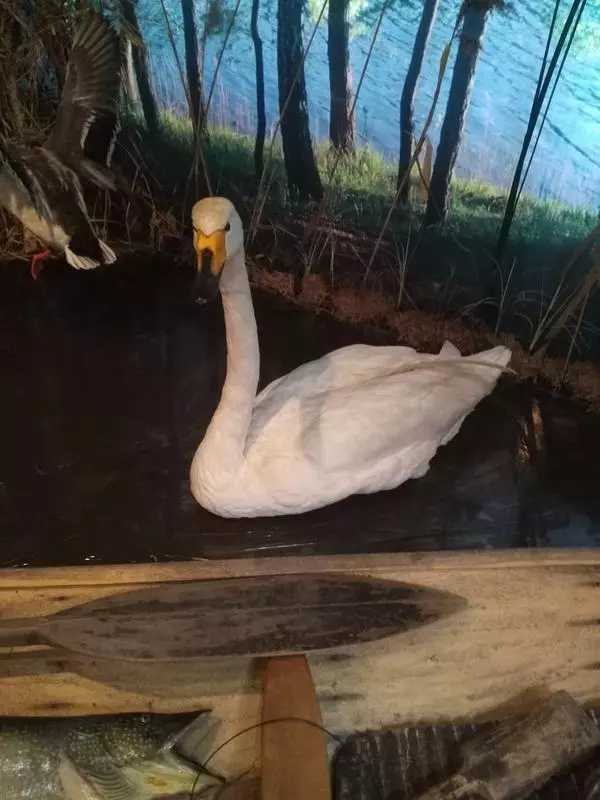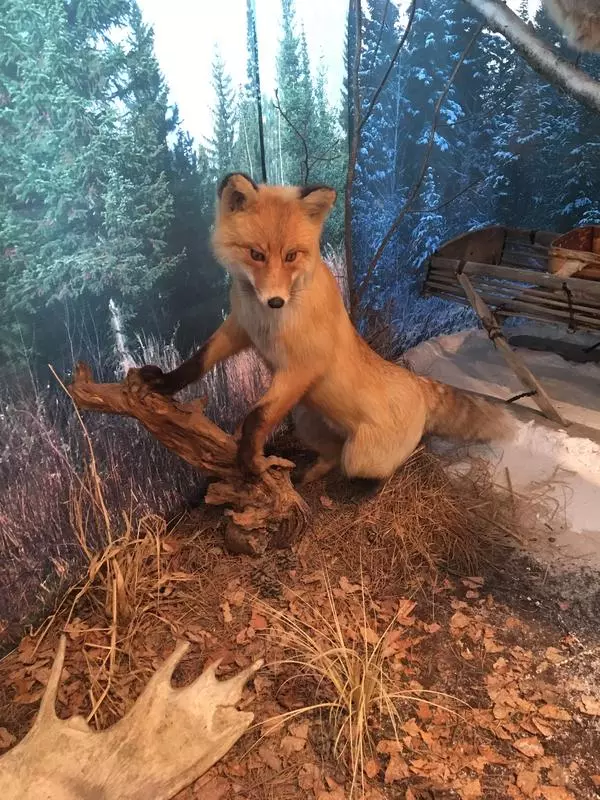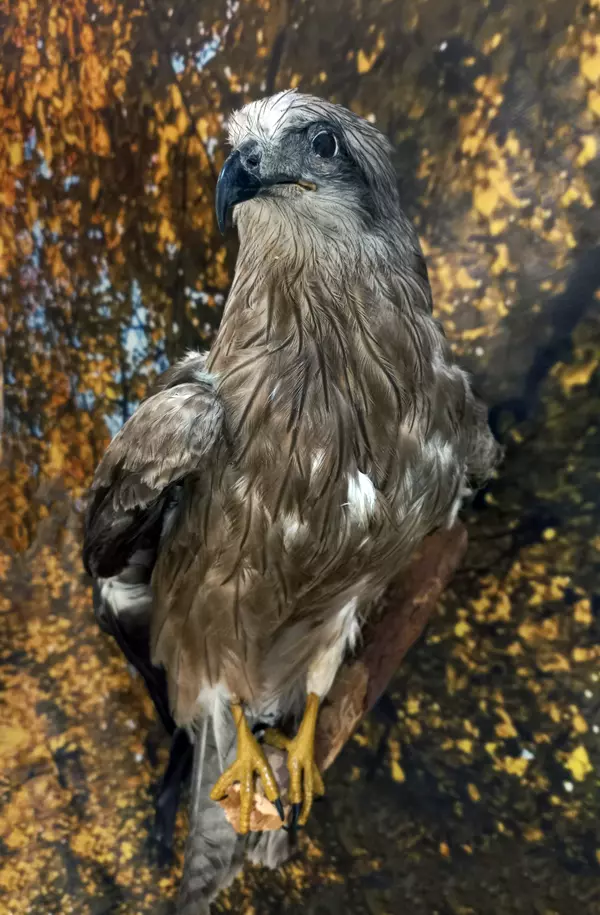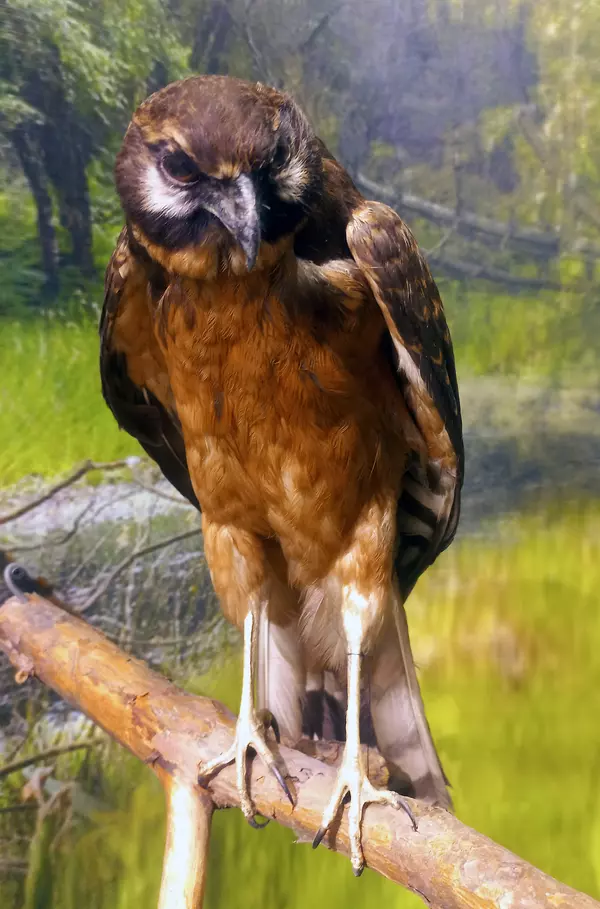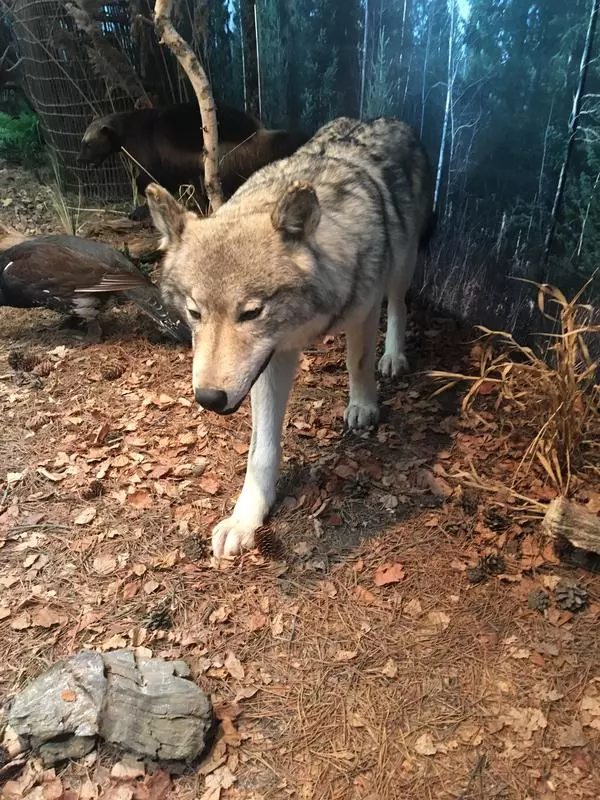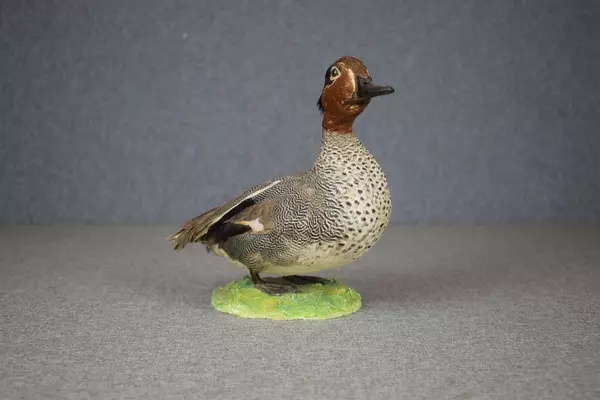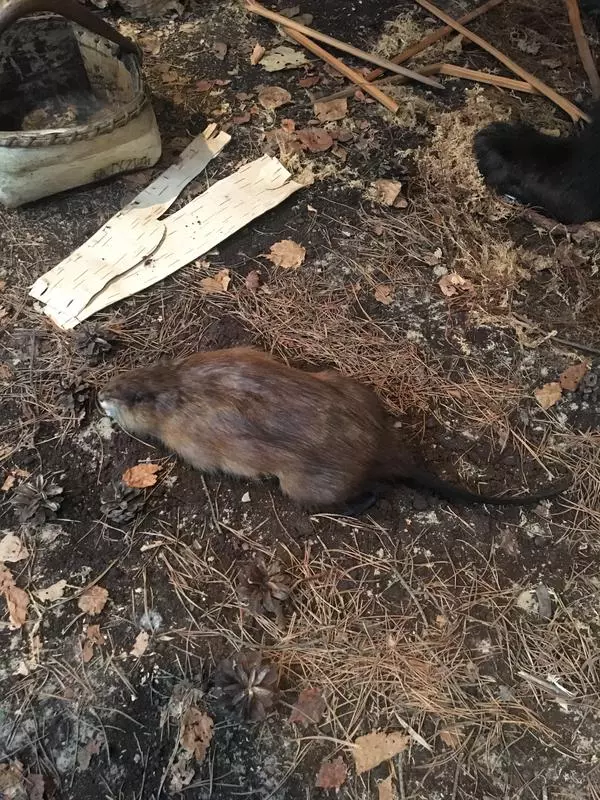The bear is a special animal in the culture of the North. The Khanty consider the bear a man of the woods and that it has a gift of prophecy, understands human speech, and therefore, they use fake names when talking about a bear. Should a person has to swear an oath, he does it on the skin of the bear. Such oath is believed to be the most binding.
The bear feast is the central ceremony of the bear cult. It’s a whole set of rituals, from bear hunting to dressing a carcass. Some families of the Yugan Khanty group believe in their belonging to the “tribe of the bear”, therefore, they show respect to the animal even today.
The Khanty’s feast starts with marking cedar tree trunks after successful bear hunting. The marks often depict a bear in a sacrificial pose. The sacrificial pose means that the head of the animal is placed between the paws.
All the people come out from yurts to meet the bear and bow to it three to seven times. They call the bear “little brother — sister” when greeting it, due to the fact that the animal sex can be determined only during the dressing of a carcass. Cedar needles are laid on the animal’s stomach symbolizing the coat strings. The hide is cut with the needles saying: “If you”re hot, we”ll untie the strings on your robe”. When dressing the carcass, crushing the bones is forbidden; they shall be separated at the joints. The head is left together with the hide and paws. The hide is put in a birch bark box in a sacrificial pose. The skinning place is hidden with branches so as not to attract evil spirits.
Bear meat is never stored it has to be eaten during the bear feast. Only people can eat meat. The dogs are not fed with it, unlike meat from other animals. The bear blood shall not be drunk. The ritual bear body parts shall not be named aloud, but substituted with following words: “cauldron” is the animal’s head and “stars” are its eyes.
Bear dances are held in the house of the hunter who brought the animal. The ritual is accompanied by an apology for killing, often blaming the “Russian weapon”. Theatrical performances with music, singing, dancing, dressing up in a costume last for several days. Birch bark masks, worn during sketches and dances, are mandatory attributes of the feast. They are served to hide from the bear the faces of hunters and those who have eaten “ancestor”s’ meat.
The bear head from the Museum Complex funds was made from the undressed bear hide. It was purchased during business trip to the Lempino settlement by the researchers of the Museum of the Ob River.
The bear feast is the central ceremony of the bear cult. It’s a whole set of rituals, from bear hunting to dressing a carcass. Some families of the Yugan Khanty group believe in their belonging to the “tribe of the bear”, therefore, they show respect to the animal even today.
The Khanty’s feast starts with marking cedar tree trunks after successful bear hunting. The marks often depict a bear in a sacrificial pose. The sacrificial pose means that the head of the animal is placed between the paws.
All the people come out from yurts to meet the bear and bow to it three to seven times. They call the bear “little brother — sister” when greeting it, due to the fact that the animal sex can be determined only during the dressing of a carcass. Cedar needles are laid on the animal’s stomach symbolizing the coat strings. The hide is cut with the needles saying: “If you”re hot, we”ll untie the strings on your robe”. When dressing the carcass, crushing the bones is forbidden; they shall be separated at the joints. The head is left together with the hide and paws. The hide is put in a birch bark box in a sacrificial pose. The skinning place is hidden with branches so as not to attract evil spirits.
Bear meat is never stored it has to be eaten during the bear feast. Only people can eat meat. The dogs are not fed with it, unlike meat from other animals. The bear blood shall not be drunk. The ritual bear body parts shall not be named aloud, but substituted with following words: “cauldron” is the animal’s head and “stars” are its eyes.
Bear dances are held in the house of the hunter who brought the animal. The ritual is accompanied by an apology for killing, often blaming the “Russian weapon”. Theatrical performances with music, singing, dancing, dressing up in a costume last for several days. Birch bark masks, worn during sketches and dances, are mandatory attributes of the feast. They are served to hide from the bear the faces of hunters and those who have eaten “ancestor”s’ meat.
The bear head from the Museum Complex funds was made from the undressed bear hide. It was purchased during business trip to the Lempino settlement by the researchers of the Museum of the Ob River.
